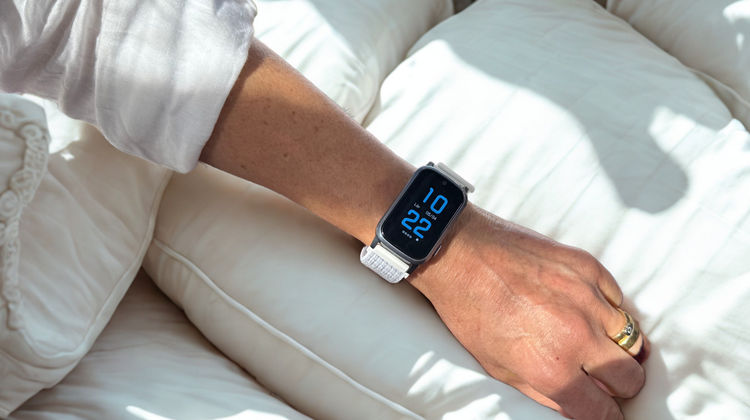Osteoarthritis is one of the most common joint conditions, affecting millions of people every year. But why do people get osteoarthritis? Is it simply a part of aging – or are there clear causes and risk factors that increase the likelihood? In this post, we explore what research says about the development of osteoarthritis, the contributing factors, and what you can do to prevent or slow down its progression.
What Is Osteoarthritis?
Osteoarthritis is a chronic joint disease in which cartilage breaks down faster than the body can rebuild it. This leads to stiffness, joint pain, and reduced mobility. The most commonly affected areas include the knees, hips, hands, and lower back.
Unlike rheumatoid arthritis, osteoarthritis is not primarily an inflammatory disease, although inflammation may occur in later stages. The condition typically progresses slowly and may vary in severity over time.
Causes and Risk Factors
There is no single cause of osteoarthritis, but several factors are known to increase the risk:
-
Age: Cartilage becomes thinner and less resilient with age, making aging the biggest risk factor (1).
-
Obesity: Excess weight puts more pressure on joints, especially knees and hips, and fat tissue may also trigger low-grade inflammation (2).
-
Genetics: A family history of osteoarthritis increases your likelihood of developing it yourself (3).
-
Previous joint injuries: Old sports injuries or accidents can lead to osteoarthritis later in life.
-
Repetitive strain or heavy physical work: Repetitive movements, kneeling, or heavy lifting increase stress on the joints.
-
Gender: Women are more commonly affected, especially after menopause – possibly due to hormonal changes.
Can You Prevent Osteoarthritis?
Yes – even though some risk factors like age and genetics are unavoidable, there are many steps you can take:
-
Stay physically active – low-impact exercises like walking, cycling, or swimming strengthen the muscles around the joints.
-
Maintain a healthy weight – losing excess weight significantly reduces pressure on your knees.
-
Avoid overloading joints – especially if your work or hobbies involve heavy lifting or repetitive motions.
-
Act early – seek help if you notice joint stiffness, swelling, or pain. Early action can slow progression.
What Does the Research Say?
Research shows that osteoarthritis is a complex disease influenced by mechanical wear, genetics, and metabolic processes (4). It’s not just “wear and tear” – it’s a breakdown in the body’s ability to repair joint tissue. Studies also confirm that regular physical activity is the most effective self-care strategy for both prevention and symptom relief (5).
Safety alarm with automatic fall alarm can increase safety for people with an increased risk of falling
Sensorem’s personal alarm is an example of a technical aid specially developed for people who have an increased risk of falling. The personal alarm can automatically trigger the alarm in the event of a fall and then call relatives using the watch’s built-in speakerphone with two-way communication. The personal alarm works outdoors and has built-in GPS positioning so that relatives can see the user’s position on a map in the Sensorem app.

